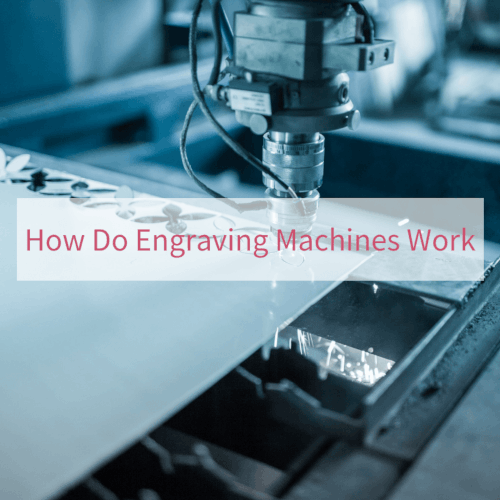
A Look at the Science Behind Engraving Machines
Have you ever wondered what type of work is involved when creating a bespoke plaque or a commemorative trophy? The process of engraving has existed in one form or another for thousands of years. Unsurprisingly, it has become refined over time thanks to the advent of cutting-edge technology. While there are some instances when hand engraving is employed, many modern orders are completed with the help of engraving machines or instruments such as lasers. How do these processes differ from traditional methods and are there any associated benefits? You might be surprised to learn about the science behind this technology.
A Closer Look at Machine-Based Engraving
This is actually a rather broad topic, as there are different types of machines. These will primarily depend upon the project at hand as well as the underlying material. Machine engraving can therefore be broken down into three primary categories:
- CNC machining.
- Laser machining.
- Mechanical machining.
CNC machines utilise a computer-aided design package. These are able to produce extremely accurate reproductions and they are often employed when three-dimensional designs are required. As might be expected, the machine itself performs the majority of engraving tasks. Humans could still be required to shave click here away rough edges or to add minute details.
Laser engraving is the latest version. One of its primary benefits is that lasers can be used to etch nearly any material imaginable. As the beam is extremely small, a laser will also be utilised to engrave extremely fine details (such as when transferring an image). A final benefit is that these beams of light are the only portion of the machine which physically contacts the surface. Lasers are therefore preferred when working with delicate materials such as acrylic or glass.
Mechanical engraving is one of the oldest methods and it requires the greatest level of physical skill. A material (such as a flat sheet of anodised aluminium) is firmly placed within a hand-operated machine. The professional then begins physically carving the surface. Once the project has been completed, it is possible to add coloured paint within the etched design so that its pattern stands out from the background.
Please note that this is only a basic overview of the numerous steps which are associated with machine engraving. If you would like to learn more or should you require such services, please contact a representative at Able Engraving & Design.
